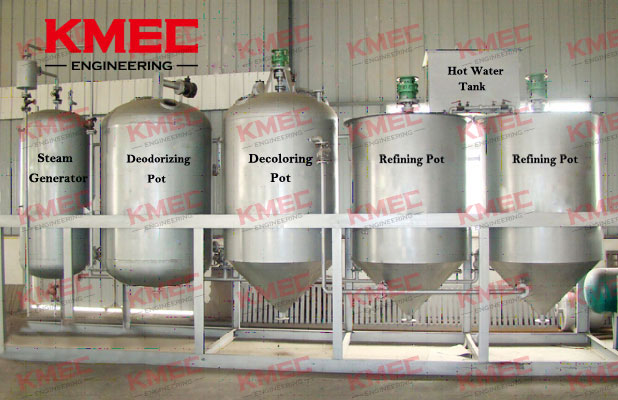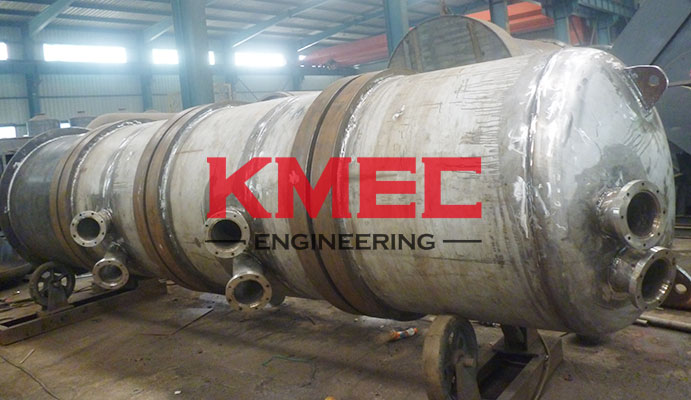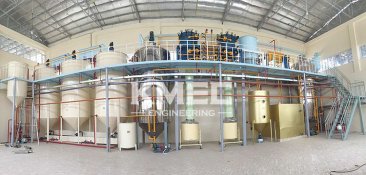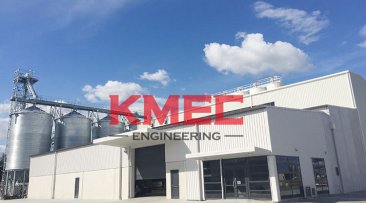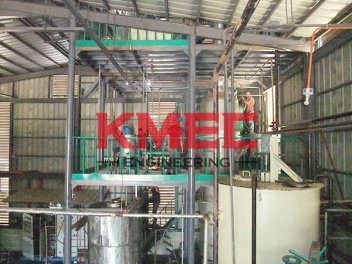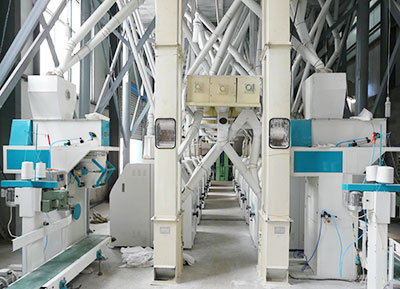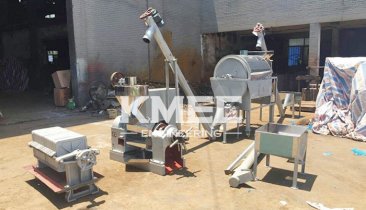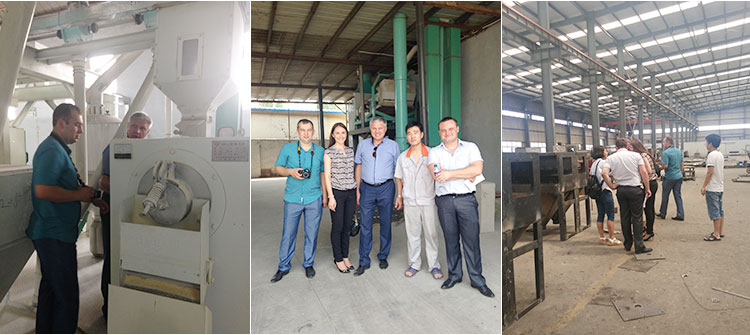edible oil refinery
With a growing world population, the demand for edible oil is also increasing year after year. Since most crude vegetable oils obtained either from expellers or solvent extraction plant contains impurities and need to be (at partially) refined for edible or technical applications, increased production volumes have resulted in a serious expansion of the edible oil refinery industry. Edible oil refinery can be carried out by either chemical refining (batch or continuous refining) or physical refining, and the main equipment involved are neutralizer, bleacher, deodorizer, heat exchanger, press filters etc. We will show details below. (Read more about how to set up small edible oil refinery >>)The edible oil refinery can refine almost all types of oils. The refined oil quality depends on the type of crude oil and refinery process and technic. With years experience in the field of oil and fats industry, KMEC is definitely your best partner for edible oil refinery. We’ve got professional oil refining engineers and advanced refining technologies, we will design, install and debugging the complete set of edible oil refinery plant according to customers’ refining needs to give the minimum operation costs and maximum output results. So far, we have already exported our refinery plants to over 25 countries across world and our products have occupied a great reputation internationally.
Below are some of the edible oil refinery plants we set up:
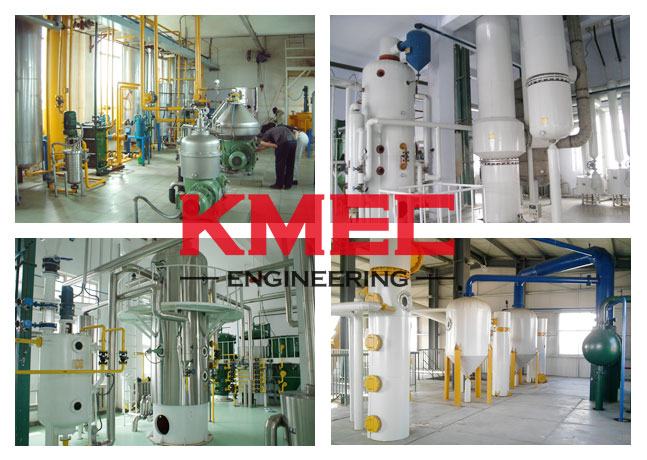
Edible Oil Refining Process
Edible oil can be refined by either a chemical or a physical refining process. The decision which process to use depends on the types and qualities of the crude oil to be processed. The process of cooking oil refinery generally comprises of Degumming, Neutralization, Bleaching and Deodorization and Winterisation. Chemical Refining is the most widely used process for vegetable oils, especially seed oils. It is particularly suitable for refining crude seed oils like soybean oil, canola oil, corn oil, cottonseed oil, sunflower oil, safflower oil etc.| Degumming & Neutralizing |
|---|
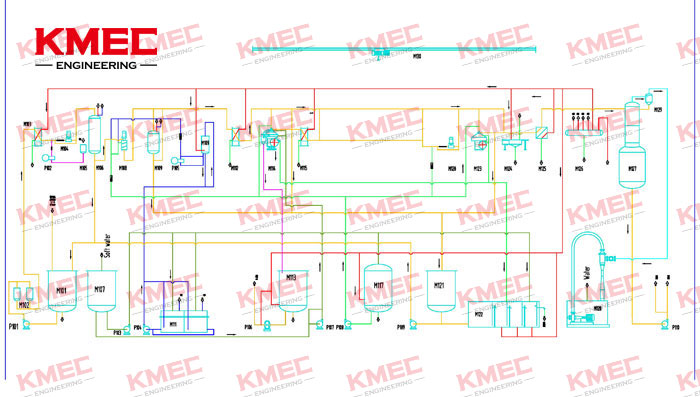 |
|
The purpose of Degumming is to remove gums in the crude oil to improve oil edibility, storage and do well to downstream neutralizing section. All oils have hydratable and non-hydratable gums. The purpose of Neutralizing is to remove Free-Fatty Acids (FFAs). Traditionally, FFAs are treated with caustic soda (NaOH).The reaction produces Soaps which are separated from the oil. The caustic soda reacts with free fatty acids (FFA) present in the oil and forms soap stock. The soap stock is then removed by a centrifugal separator and oil is washed with water for the complete removal of soap stock. The wash water is separated out by centrifugal separators. |
| Bleaching/Decolorizing |
|---|
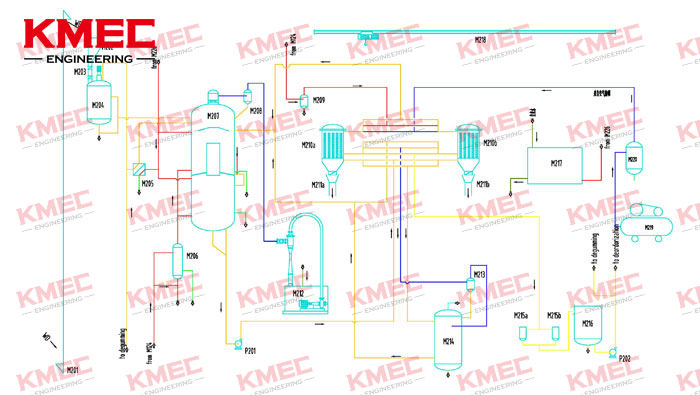 |
| The purpose of Bleaching is to remove color pigments contained in oils. The oil is treated with Bleaching Clays that adsorb the color pigments. The clay is filtered and the clean bleached oil is stored for further processing. The bleaching agent is filtered out in vertical pressure leaf filters. A multi-part design ensures uniform consistency in color with minimum bleaching agent requirements. The bleaching line is versatile and adaptable for all varieties of vegetable oil. |
| Deodorization |
|---|
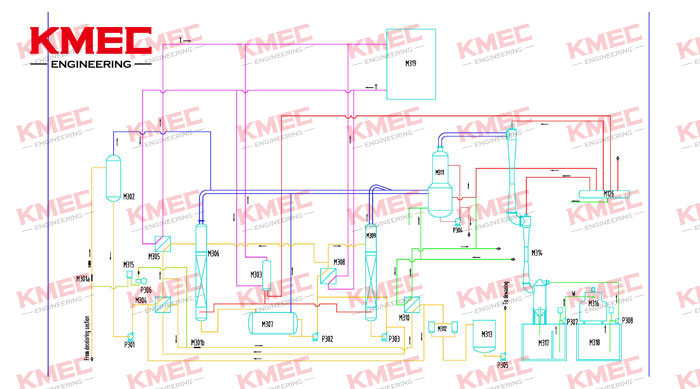 |
| The purpose of Deodorization is to remove odor substances. Every vegetable oil has its own distinct natural odor. During neutralization and bleaching, unpleasant odors are imparted in the oil, thereby making it essential to remove this odor. The oil is subjected to steam distillation under high temperature and vacuum to evaporate all odor substances. The resulting deodorized oil is almost bland and tasteless. |
| Dewaxing/Winterizing |
|---|
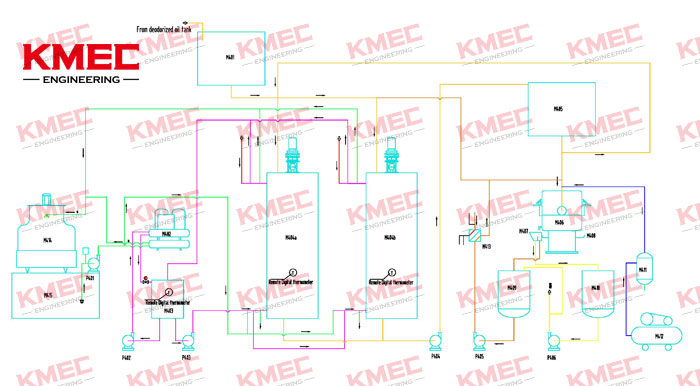 |
|
he purpose of Winterization is to remove waxes especially in those oils that contain waxes. Such oils are subjected to chilling and filtration to remove waxes and other high melting point substances. Oils like sunflower oil or maize germ oil (corn oil) have waxes present in them. At low temperatures these waxes give a hazy appearance to the oil. It is therefore essential to remove these waxes prior to bottling and marketing of the oil. Winterizing is also used to separate the unsaturated fats from unsaturated fats—especially in Palm Oil or other saturated fats. The chilling process solidifies the saturated fats; thus enabling separation via filtration. |
The names physical and chemical refining come from the process technology used to remove the Free Fatty Acids (FFA) that are responsible for the oil acidity. Physical refining is a process making use of the lower boiling point of the FFA compared to the boiling point of the triglyceride oil. In chemical or alkaline refining, an alkali is used to neutralize the FFA. However, chemical refining is still the most widely applied process for soft oils with low free fatty acid(FFA) content (soybean oil, rapeseed oil, sunflower oil etc.). The main byproduct of chemical refining is the so-called soapstock, which is a mixture of fatty acid soaps. salts, phospholipids, impurities and entrained neutral oil. For oils like palm oil there is no necessity to go for alkali refining. After pretreatment of oil the oil is deodorized cum physically refined. The Free Fatty Acid (F.F.A.) present in the oil is distilled off at high temperature and high vacuum. Troika offers physical refining system also.
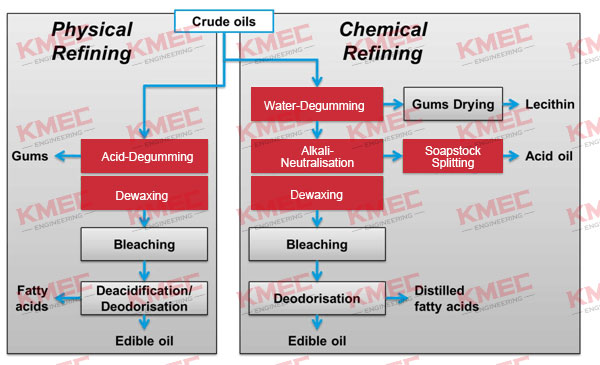
Advantages of Chemical Refining and Physical Refining
|
Chemical Refining
|
Physical Refining
|
|---|---|
|
1. The finished oil is consistent and stable. 2. Excellent adaptability and less requirement to oil quality. 3. Less bleaching earth is added into compared with physical refining. |
1. High oil refining rate, less oil loss. 2. No waste water discharged. 3. Especially suitable for oils of high acid value, and low gum content. 4. More FFA distilled out. |
Batch Refining and Continuous Refining
We have built a 20TPD coconut oil refinery in Philippines,which you can take for reference. No matter batch refining or continuous operation, they are all chemical refining process. Batch refining is the oldest method for chemically refining vegetable oils. The method can produce good quality oil. Continuous refining is used for higher capacities ranging from 30 TPD to 500 TPD and for oils containing high fatty acid (FFA) like rice bran oil etc. For processing less than thirty tones of oil per 24 hours, and when oil has F.F .A. content of 1 % or less normally batch process is recommended. Batch process involves low capital investment, simplicity of operation and low maintenance, making refining economically a viable proposition even at capacity as low as 10 tones per 24 hours. For small scale batch processes static separation is used but for continuous processing and large scale processes, centrifugal separation is used. (Recent Project: 5 ton/h Fish Oil Refinery Setup in Pakistan)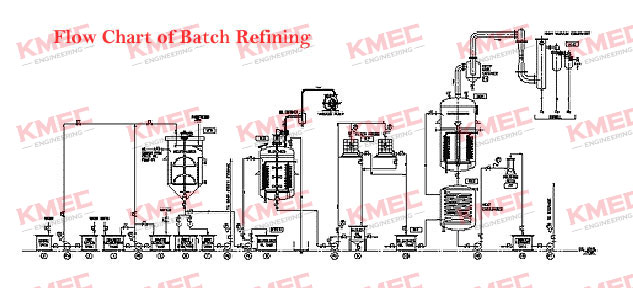
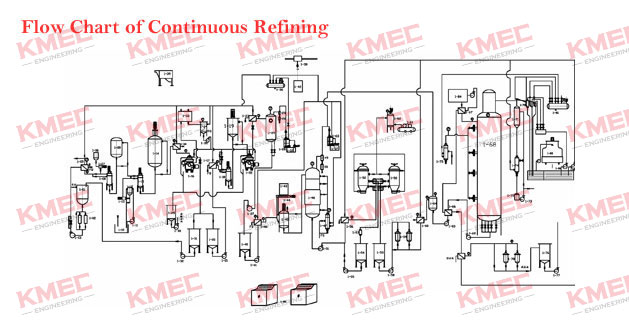
Small Oil Refinery Plant
Small oil refinery plant we designed is a well sell refining line for either vegetable or animal oils. It is suitable for smaller capacity oil refinery. The smaller plant is able to remove phospholipids, FFA, pigment, gums, waxes, off-flavor and other impurities in the oil. It can also process a great number of vegetable seeds oils like soybean oil, mustard seed oil, cottonseed oil, sunflower seed oil, peanut oil, rice bran oil, safflower seed oil, corn germ oil, camellia seed oil etc. Click here to read more about corn oil refining process and and soybean oil refining machine.Small Oil Refinery Plant Main Equipment
- Heat Conduction Furnace: 1 set Offer enough thermo for the refining sections.
- Steam Generator: 1 set Produce steam for the workshop
- Refining Pot: 2 sets Remove the gum, phosphoric acid etc,
- Decolorizing Pot: 1 set Remove the color from neutralized oil
- Deodorizing Pot: 1 set Remove the solvent, smell, water from decolorized oil
- Other Auxiliary Equipments: Hot water Tank, Bleaching earth Tank, Air compressor, pumps, filters, Valves, Electricity Control Cabinet, etc.
Advantages of Small Oil Refinery Plant
- Wide application for oil bearing seeds.
- Change different oils easily.
- Less investment but with full refining function.
- Easy to install and operate.
- Light weight and movable.
Releded edible oil refinery Machinery
Get In Touch

